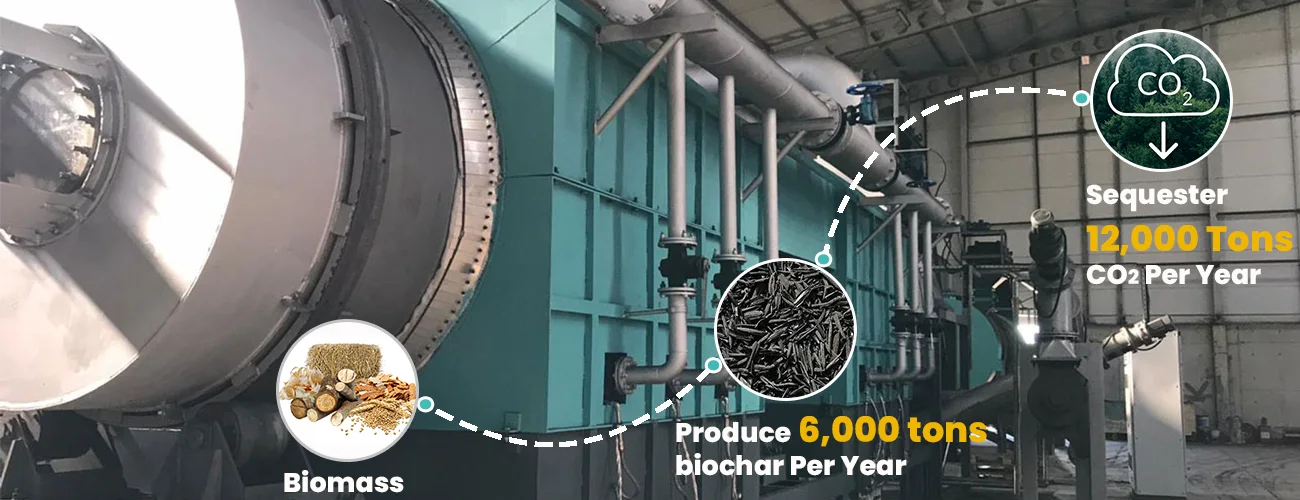The evolution of packaging has entered a decisive phase, where sustainability is no longer an auxiliary benefit but a principal design criterion. At the center of this shift stands the industrial packaging system—a convergence of engineering precision and ecological intent. These systems are not only redefining production efficiency but also establishing new standards in material use, waste reduction, and circular integration.
Optimizing Material Consumption
An industrial packaging system functions with the explicit aim of minimizing excess. Through computerized control mechanisms, such as servo-driven actuators and real-time monitoring sensors, these machines ensure exact material deployment. Overwrap thickness, container volume, and filler alignment are optimized to the millimeter, resulting in significant reductions in raw material usage.
This level of control directly impacts sustainability metrics. Less waste means lower landfill dependency, decreased energy inputs for material processing, and a reduced carbon footprint across the packaging lifecycle. These systems, in essence, drive material intelligence—using only what is necessary, exactly when and where it is needed.
 |
Integrating Renewable and Biodegradable Inputs
Pulp moulding plants are increasingly designed to accommodate non-traditional substrates. Paper-based laminates, molded fiber trays, bio-polymers, and starch-derived films are now compatible with advanced forming, sealing, and labeling units. Customizations in thermal settings, pressure calibration, and feeding alignment enable seamless handling of these biodegradable materials without compromising structural integrity.
This compatibility is a critical enabler of innovation. As material science advances, packaging operations can integrate cutting-edge sustainable inputs without overhauling entire production lines. Modular adaptability ensures that the system evolves in tandem with ecological materials.
Energy-Efficient Processing
Automation in the industrial packaging system translates to more than speed. It delivers energy proportionality—where mechanical energy is applied precisely according to packaging complexity. Variable-frequency drives, regenerative braking systems, and insulated thermal modules reduce power consumption per packaging unit.
Moreover, smart analytics embedded in control units monitor operational efficiency in real time, offering insights that allow operators to reduce idle times, optimize line synchronization, and perform predictive maintenance. These adjustments cumulatively yield significant energy savings and reduce greenhouse gas emissions.
Enhancing Recyclability and Disassembly
Forward-thinking industrial packaging systems are influencing product design at the packaging-material interface. By enabling consistent placement, minimal adhesives, and simplified locking mechanisms, these systems support disassemblable packaging formats. This greatly enhances recyclability and sorting efficiency in post-consumer waste streams.
In industries such as electronics or medical devices—where mixed-material packaging has historically impeded recycling—machine-driven precision now allows for monomaterial or easily separated packaging solutions. The system, therefore, becomes a facilitator of downstream sustainability.
Enabling Localized and On-Demand Production
Modern industrial packaging systems are compact, modular, and capable of high-throughput operation in smaller footprints. This makes them ideal for localized, on-demand packaging production. Regional hubs can now generate customized sustainable packaging near consumption points, reducing logistics emissions and enhancing supply chain agility.
Conclusion
The industrial packaging system is not merely a production asset—it is an engine of sustainable innovation. By refining material application, enabling alternative substrates, conserving energy, and promoting recyclability, it accelerates the transition to environmentally responsible packaging. As environmental regulations tighten and consumer preferences shift, these machines will remain instrumental in defining the future architecture of global packaging operations.


No comments:
Post a Comment